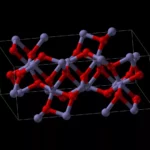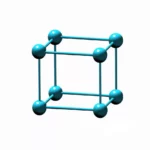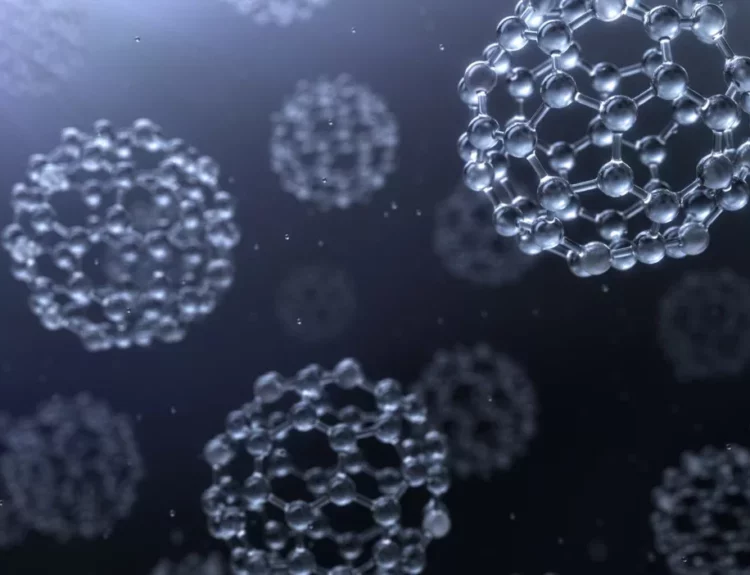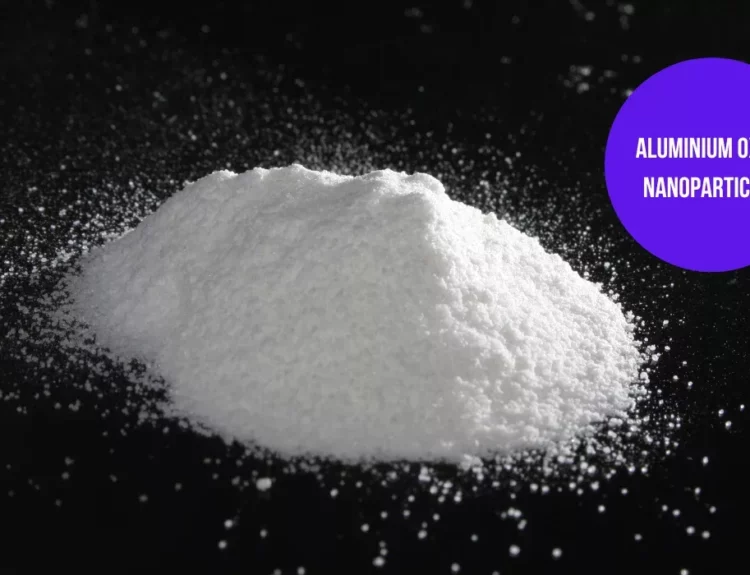When you think about electronics, you might picture your smartphone, laptop, or screen on which you’re reading this article. But have you ever wondered about the incredible technology that makes these gadgets work? Enter silicon dioxide nanoparticles, the unsung heroes of the electronic world, making our devices smaller, faster, and more powerful than ever before.
What Are Silicon Dioxide Nanoparticles?
Silicon dioxide is abundant in nature, and it is a compound of silicon and oxygen. You might have heard of silicon as the stuff computer chips are made of. Now, imagine shrinking this silicon dioxide to an incredibly tiny size, smaller than the width of a human hair. That’s what we call silicon dioxide nanoparticles.
How Do They Work in Electronics?
These tiny particles have a big job in electronics. They create insulating layers on electronic components, like transistors and capacitors. Think of them as microscopic barriers that keep the flow of electricity in check.
Here’s how they work their magic:
- Insulation: Silicon dioxide nanoparticles are excellent insulators. They need to let electricity flow through them easily. This property is crucial for creating pathways that guide the electrical currents in electronic circuits.
- Miniaturization: Electronics are all about making things smaller and more efficient. Silicon dioxide nanoparticles allow engineers to shrink the size of components on computer chips. Smaller components mean more can fit on a chip, leading to faster and more powerful devices.
- Thermal Management: These nanoparticles also help manage heat in electronic devices. They act as a protective shield, preventing overheating and ensuring your gadgets don’t fry themselves.
Applications in Electronics
Silicon dioxide nanoparticles have a wide range of applications in the electronics industry:
- Semiconductor Manufacturing: They insulate and protect the tiny transistors on computer chips, ensuring reliable and efficient performance.
- Display Technology: Silicon dioxide nanoparticles play a role in improving the quality of displays in devices like smartphones and TVs, offering sharper and more vibrant images.
- Memory Storage: They contribute to developing high-capacity, faster, and more energy-efficient memory storage devices.
- Battery Technology: In the quest for better batteries, silicon dioxide nanoparticles are being explored to enhance the performance and capacity of rechargeable batteries.
- Sensor Technology: They are used in sensors for various applications, from detecting environmental changes to enabling touch-sensitive screens.
The Future of Electronics
As technology advances, silicon dioxide nanoparticles will likely play an even more significant role in electronics. They enable us to create devices that are not only smaller but also more energy-efficient and powerful. So, the next time you pick up your favorite electronic gadget, remember the tiny silicon dioxide nanoparticles inside that are helping it perform its magic!






